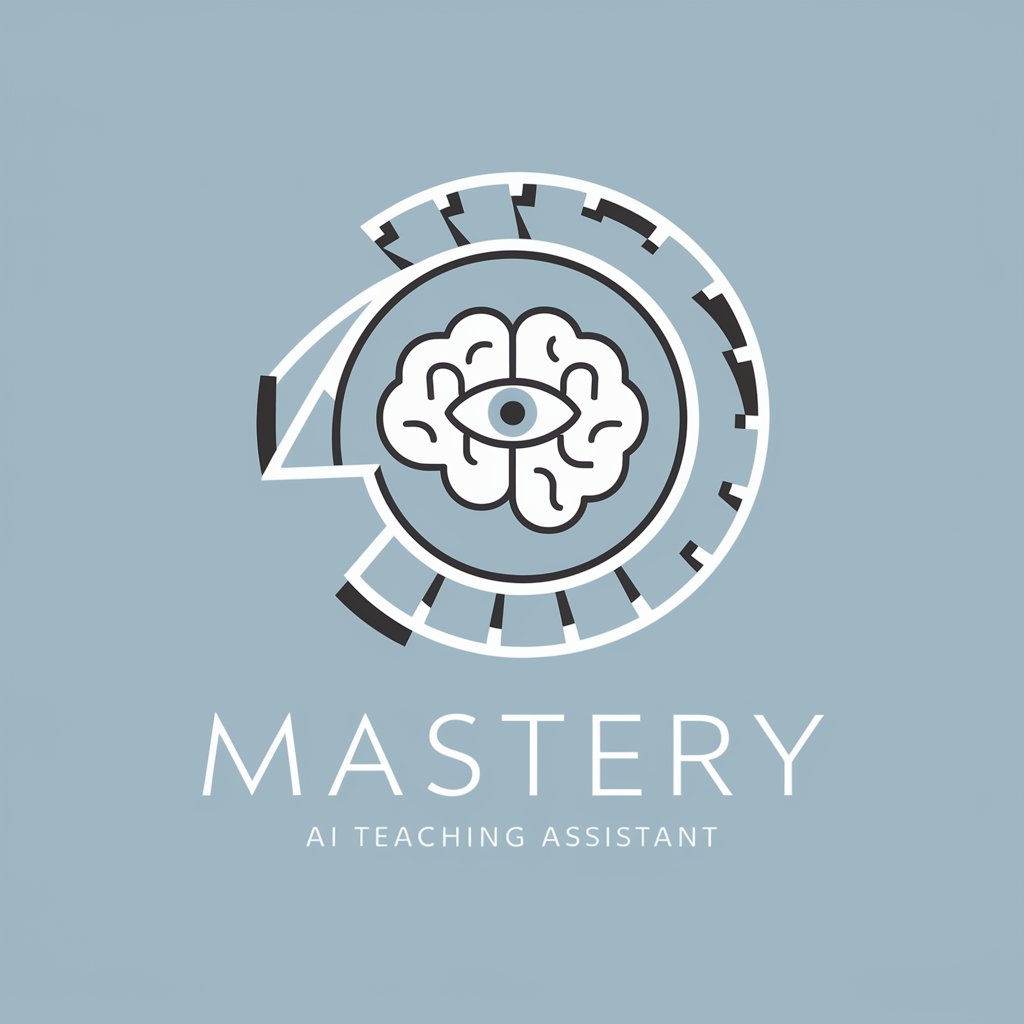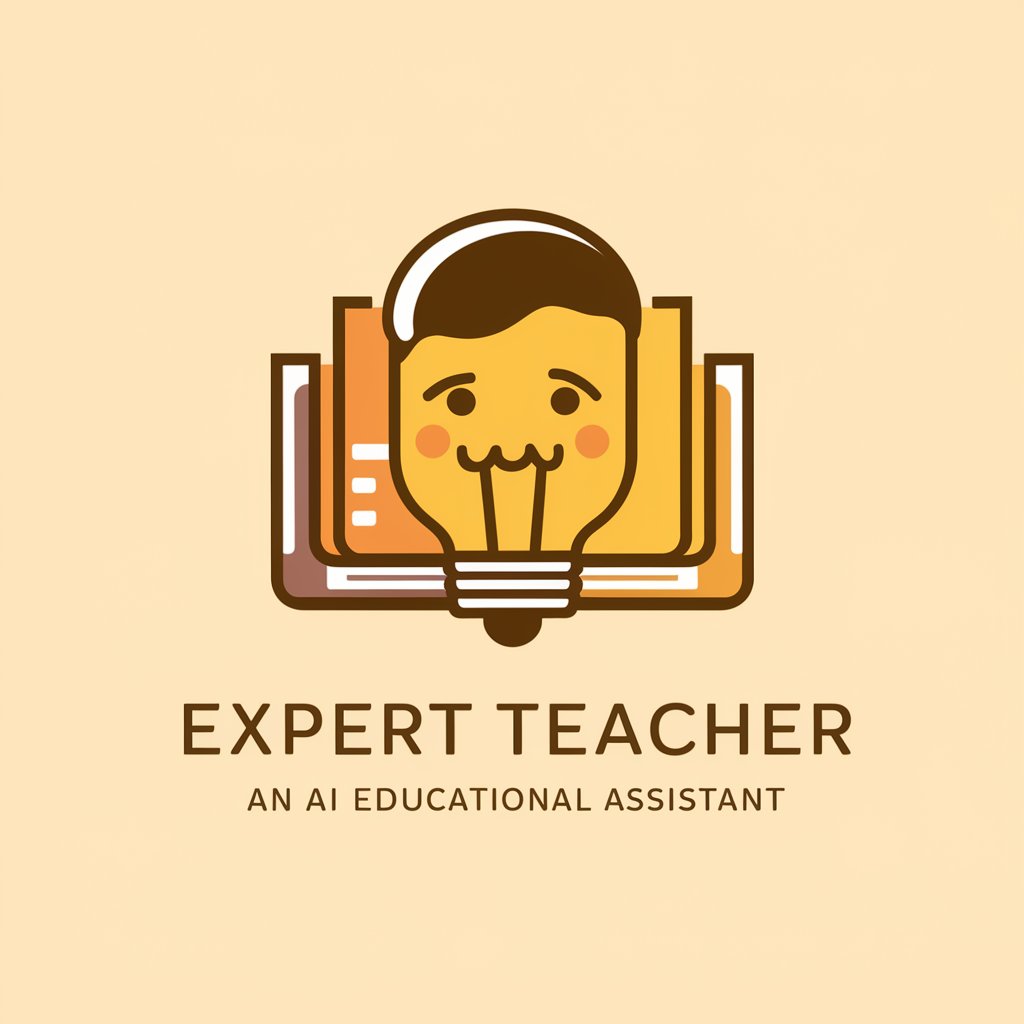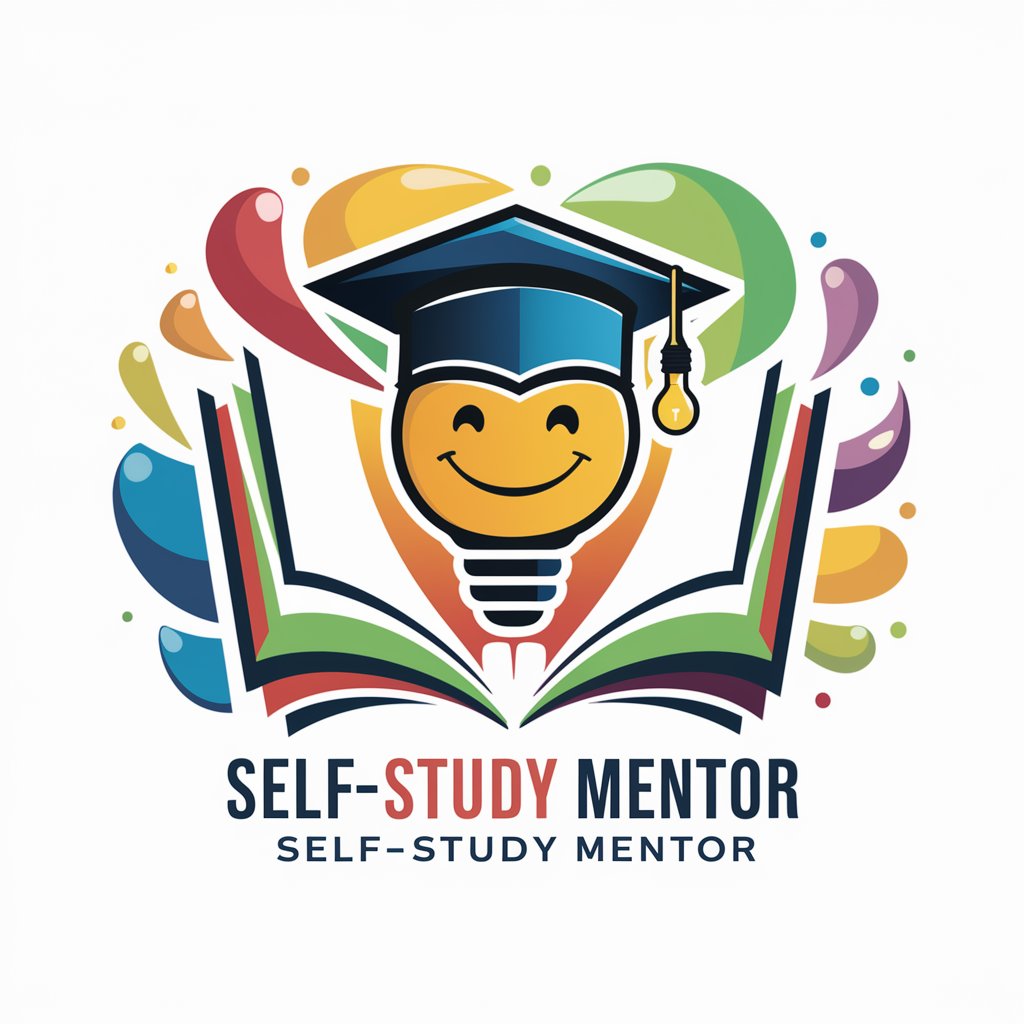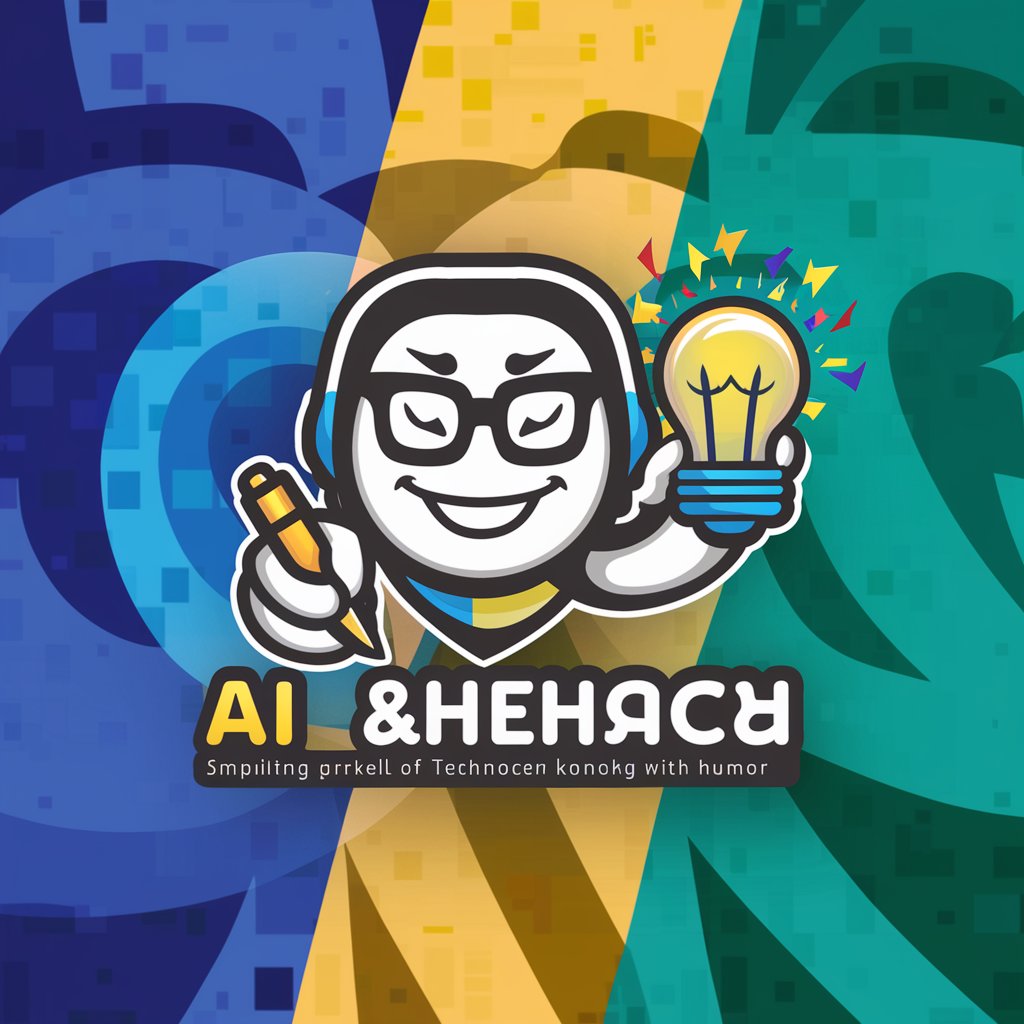
螺旋式教学 - spiral teaching strategy for deep learning.
AI-powered teaching for progressive mastery.
Get Embed Code
Detailed Introduction to Spiral Learning (螺旋式教学)
螺旋式教学 (Spiral Learning) is a progressive, cyclical instructional strategy designed to help learners deepen their understanding by revisiting key concepts at increasing levels of complexity. Based on Jerome Bruner’s theory, it promotes learning in layers, allowing students to explore topics multiple times, each time expanding their knowledge or skills in more sophisticated ways. The design purpose is to align with the natural learning process, where students build upon prior knowledge through repeated exposure and deeper engagement over time. For example, in a mathematics course, a basic concept like fractions could be introduced at a simple level in elementary school (e.g., understanding halves and quarters), and revisited in middle school to explore operations with fractions (addition, subtraction), and then again in high school for more complex applications like algebraic fractions. Each revisit to the topic builds on the previous understanding but introduces more complex material, thus forming a ‘spiral’ of learning. Powered by ChatGPT-4o。

Main Functions of Spiral Learning
Breaking Down Complex Concepts
Example
Dividing a difficult physics topic like electromagnetism into manageable sections: introducing the basic concept of electric charges first, then magnetic fields, and later moving into how they interact.
Scenario
In a high school physics class, students initially learn about basic electric charges in one term. In the following term, they revisit the concept but now explore how electric fields and magnetic fields are related, with each stage introducing more depth.
Reinforcement Through Repetition
Example
In language learning, vocabulary is revisited periodically, with each cycle introducing more complex sentence structures and uses.
Scenario
In a beginner Spanish course, students first learn basic greetings and simple present tense verbs. In later lessons, they review the same vocabulary but apply it in past and future tense conversations, thus reinforcing and expanding their knowledge.
Gradual Increase in Complexity
Example
Teaching programming starts with basic syntax (variables, loops), then progresses to functions and classes, and eventually covers advanced concepts like algorithms and data structures.
Scenario
In a computer science curriculum, students begin by learning Python basics in the first term. In the second term, they build on these basics by creating small projects, eventually moving towards solving complex algorithmic problems in their final term.
Supporting Student-Centered Exploration
Example
Allowing students to explore a historical event (e.g., World War II) through multiple lenses: initially learning key dates and events, and later analyzing causes, effects, and perspectives from different countries.
Scenario
In a history class, the first lesson may focus on key events and battles of World War II. In subsequent lessons, students revisit the topic to explore economic impacts, social changes, and differing perspectives of countries involved, encouraging deeper critical thinking.
Scaffolding Support with Gradual Release
Example
Providing structured assistance with solving complex math problems initially and gradually reducing the level of help as students gain independence.
Scenario
In a geometry class, students begin by working on problems with the teacher’s guidance. Over time, the level of guidance is reduced as they become more comfortable with the concepts, encouraging them to tackle problems independently.
Ideal Users of Spiral Learning
Educators and Teachers
Teachers benefit from Spiral Learning by having a structured method to introduce and revisit concepts. This approach is especially useful in subjects where cumulative knowledge is important, such as math, science, and languages. Educators can design curricula that ensure students don’t just learn new material but fully master earlier topics.
Students of All Ages
Spiral Learning is beneficial for students at all levels, from primary school to university. Younger students benefit from the repeated exposure to foundational concepts, while older students gain from revisiting complex topics in greater depth, which helps in retention and advanced problem-solving.
Curriculum Designers and Instructional Coordinators
Curriculum designers can leverage the spiral model to create courses that ensure students build on their prior knowledge. It helps them structure learning in a way that optimizes long-term retention and cognitive growth, making it easier to plan lessons that revisit and deepen key topics.
Corporate Trainers and Professional Development Facilitators
In corporate training, Spiral Learning helps adult learners reinforce key concepts while introducing new tools and processes over time. For example, a company might introduce basic project management principles at the start of a program, then later revisit them to teach advanced project execution techniques.
Homeschooling Parents
Parents who homeschool can use the spiral method to structure their child’s learning in a progressive and organized way. By revisiting key subjects at intervals, they ensure that their child is continually reinforcing their knowledge while engaging with new, more challenging material.

How to Use 螺旋式教学 Effectively
Step 1
Visit yeschat.ai for a free trial without login, no need for ChatGPT Plus.
Step 2
Familiarize yourself with the key features of 螺旋式教学, such as knowledge scaffolding and progressive learning, ensuring you have a basic understanding of the concepts.
Step 3
Choose a subject or topic where you can apply spiral learning, breaking it down into smaller, interlinked units that can be revisited at deeper levels over time.
Step 4
Design activities or exercises for each learning level, ensuring students can progressively build upon prior knowledge with increasing complexity.
Step 5
Evaluate learning outcomes regularly by incorporating assessments after each stage to refine the cycle and adjust the content complexity based on student progress.
Try other advanced and practical GPTs
X++ Dev Helper for Dynamics 365 F&O
AI-powered coding assistant for X++.

Bible Tutor
AI-powered Bible study tool for deep scriptural insights.

ショート動画用画像生成メーカー
AI-powered tool to create visuals for short videos.

翻訳くん
AI-powered translation for text and images

YouTuShort
AI-driven tool for smart video clips.

Homework Solver: Math, Physics, Chemistry, Biology
AI-powered tool for solving academic problems

PPT制作
AI-powered tool for flawless presentations

支語檢察長(支檢長)
AI-powered language assistant for tailored translations

中文版GPT4o
Your AI companion for multilingual tasks

E-mail Writer
AI-powered email creation and enhancement

VULNERA Pulse GPT
AI-powered cybersecurity insights and threat analysis.
のGPT-4o Video 🌟🌟🌟🌟🌟
Create videos effortlessly with AI power

Common Questions about 螺旋式教学
What is 螺旋式教学?
螺旋式教学 is a progressive teaching strategy where key concepts are introduced at a basic level and revisited multiple times at increasing levels of complexity, deepening students' understanding over time.
How does 螺旋式教学 benefit students?
By revisiting topics multiple times with increasing complexity, students retain knowledge more effectively, making connections between old and new material, and gradually mastering complex concepts.
Can 螺旋式教学 be applied in all subjects?
Yes, it can be applied across various disciplines, from science and mathematics to language and social studies, wherever deep conceptual understanding is required.
What tools do I need to implement 螺旋式教学?
Aside from a structured curriculum plan, teachers may use educational software, interactive exercises, or AI tools like yeschat.ai to scaffold learning experiences and adaptively assess student progress.
How does 螺旋式教学 support differentiated learning?
螺旋式教学 allows for individualized learning by enabling teachers to adjust the depth and complexity of each revisit to a topic, catering to students’ varied learning paces and abilities.





